The BMW E30 M3 makes a specific metallic rasp from its S14 engine above 6,000 RPM that completely changes your perspective.
It isn’t a beautiful noise, not like a Ferrari V12. This is an angry, mechanical racket.
It is a sound of pure function. You can’t get the full effect on a phone speaker, which is the first sign that what you’ve learned about this car from YouTube is probably incomplete.
This isn’t another gushing piece about box flares and DTM championships. We’re past that. This is for the person really wondering if the dogleg gearbox is a pain (it kinda is, more on that below), if the running costs are real, and what that one specific noise from the engine might be after a hard drive.
Key BMW E30 M3 Takeaways for the Curious
- That Unmatched Feel: It’s the blend of a high-strung, four-cylinder heart that begs to be pushed hard and a chassis that relays every little detail of the road surface through your hands and seat. Nothing built today gets close.
- Owning One: This car is not for the financially unprepared, but the true cost isn’t just about ordering parts. It’s the constant mechanical attention it requires. You become a caretaker with a torque wrench.
- The Mod That Unlocks It: A proper, well-known ECU chip. It doesn’t remake the car into something else, but it sharpens the S14’s response and smooths out the power in a way that feels like it could have come from the factory.
- The Market in Short: Prices have gone wild for museum-quality examples, but finding a solid “driver-grade” car is still one of the best investments you can make in raw driving enjoyment.
- Why It Still Matters: In an age of instant electric power and fake engine sounds, the E30 M3 serves as a masterclass in analog engineering. It is a direct, unfiltered link between the driver, the machine, and the road.
Quick Links
So What Made Engineers Think This Was a Good Idea?
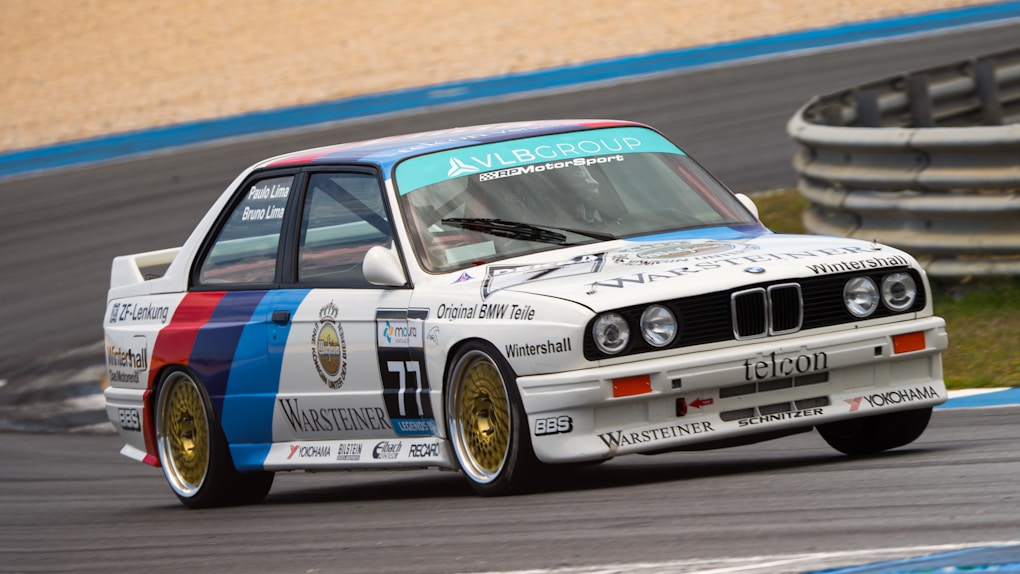
You have to understand the context here. The car exists for a single purpose, homologation. BMW had to go racing in Group A touring cars, and the regulations stipulated they had to build and sell 5,000 road-legal versions. This was not some marketing campaign. It was a weapon designed for the street because the rulebook made them do it.
This process led to a bunch of great engineering “happy accidents.” Those box flares? They weren’t just for show. They were pushed out to the absolute maximum width the rules permitted to fit wider racing tires underneath. That steeper rear window and raised trunk lid weren’t styling choices, but aerodynamic tweaks needed to cut down on lift and help the optional rear wing do its job better. It’s pure function dictating form in the most wonderful 1980s way.
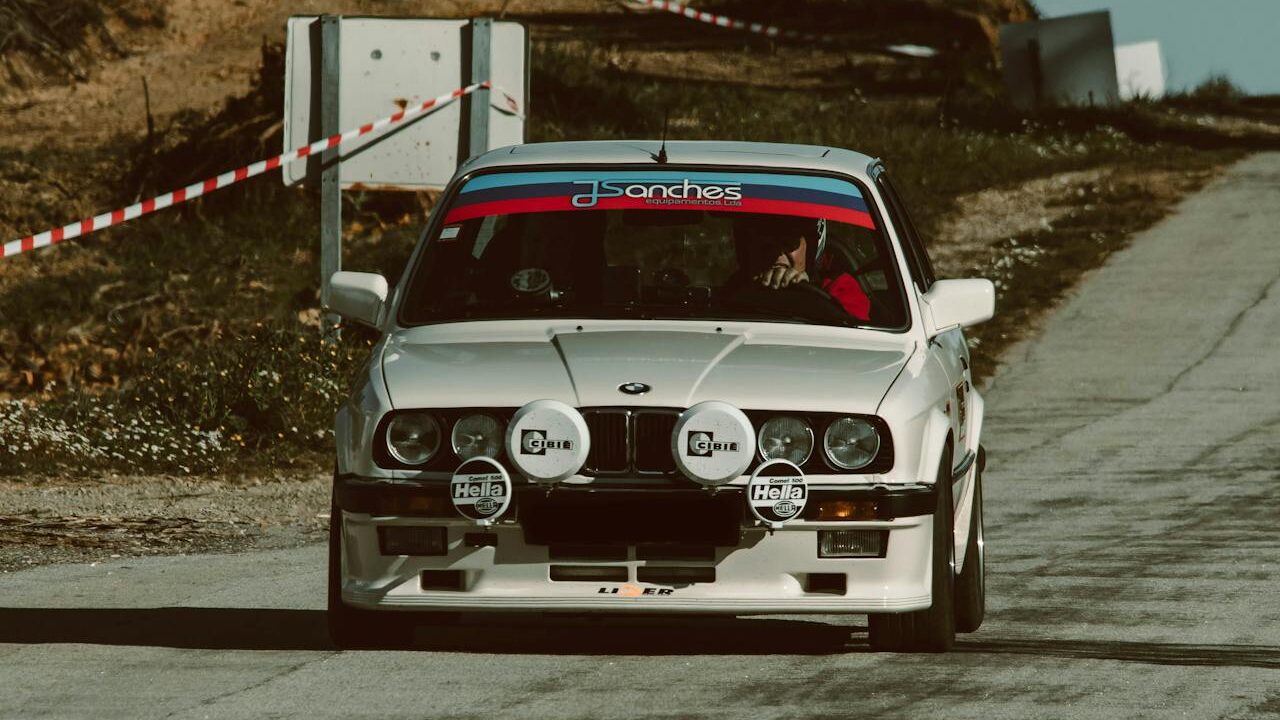
The engine, the S14, is the absolute center of the experience. It’s not a tweaked version of the standard E30‘s M20 inline-six engine at all. No, the S14 is a purpose-built racing engine for the road, with architecture derived from the famous M88 six-cylinder found in the M1, basically with two cylinders chopped off. It features a stiff block, a forged crankshaft for durability, individual throttle bodies for incredible response, and a rev-happy, chain-driven DOHC valvetrain. Its entire design prioritizes breathing at high RPM and toughness over low-end torque or quiet operation.
Putting a four-cylinder in BMW’s top performance car was a wild gamble, almost unthinkable at the time. But the engineers at M Division knew what they were building. They wanted a scalpel, not a sledgehammer.
The Sensation No YouTube Video Can Capture
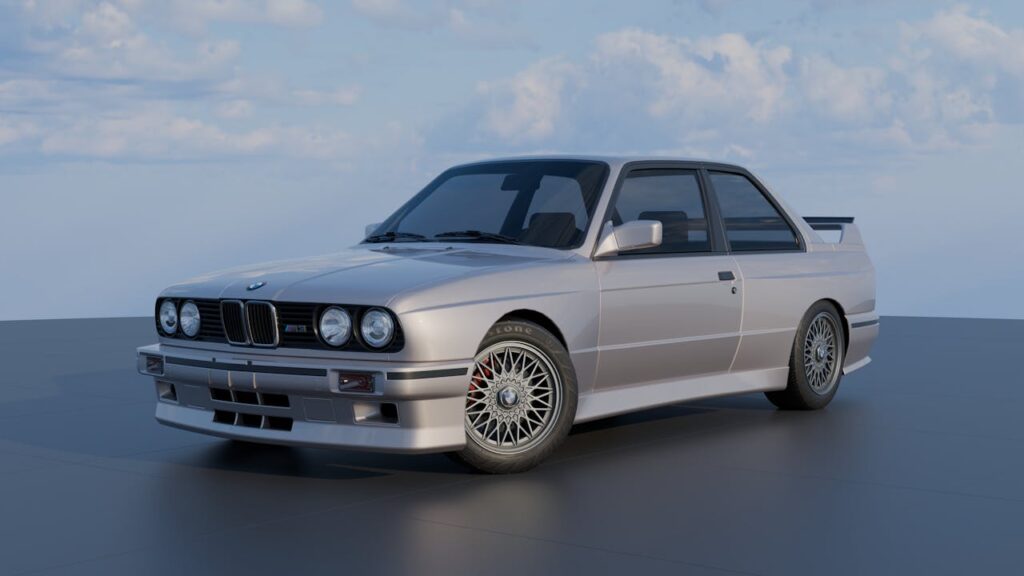
The first time you drive one, you’ll probably stall it. Or you’ll try for second gear and find fourth. We’ll get to that gearbox later. There is basically zero torque below 3,500 RPM, making the car feel sluggish and almost broken when you’re stuck in city traffic.
You start to question the hype.
This is the car’s built-in filter. It’s weeding out the people who just don’t get it.
Then you find an open piece of road and hold a gear a little longer.
As the tachometer needle swings past 4,500 RPM, the car wakes up from its nap. That buzzy hum from the exhaust sharpens into its signature, hard-edged rasp, and the push in your back becomes insistent. The entire machine just comes alive. This isn’t some flat, modern torque curve, it’s a dramatic, two-act performance, and you have to keep your foot down to see the final scene at the 7,250 RPM redline.
You earn the speed. That makes it better.
The steering is the other big surprise. Most examples are non-assisted, or have very minimal power steering. You feel absolutely everything. You can tell the difference between fresh blacktop and old, worn-out asphalt, and you can even feel the texture of the painted lines on the highway. Coming into a corner, you aren’t guessing what the front tires are up to, they’re sending you detailed updates right through the steering wheel. You can position the car with absurd precision.
I should mention the chassis balance is so neutral that you can adjust your line mid-corner with tiny throttle inputs. It is an interactive, totally consuming experience that modern cars, with all their electronic safety nets and complex steering racks, just cannot match.
The Gremlin in the Machine
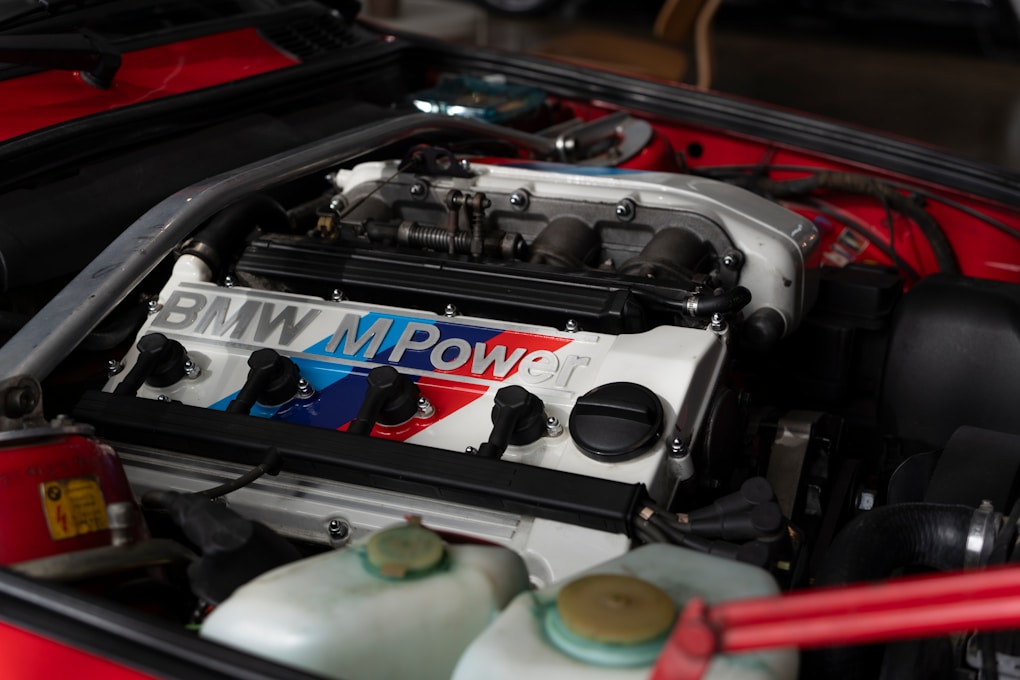
Every classic performance car has its quirks. The E30 M3 has its rituals. You have to perform regular valve adjustments, I think the interval is every 15,000 miles or so, and you really should replace the timing chain tensioner with the updated part from the later S50 or S52 engines. These are well-known jobs, almost rites of passage for owners.
But a problem the old forum threads whisper about, the kind you won’t see in a magazine review, is the S14’s crank hub and its single, large bolt.
This is a tricky one.
Under specific harmonic vibrations, particularly on cars that see the track or are driven aggressively, this bolt can start to back itself out. The outcome is never good. In a best-case scenario, you lose engine timing and the car runs poorly.
At worst, the woodruff key that locates the hub shears off, the hub spins on the crankshaft, and you get expensive piston-to-valve contact.
That’s game over for your engine.
The enthusiast community, especially on places like the S14.net forums, is split on the best fix. Some people just swear by checking the torque often. Others insist you have to drill the bolt head and use safety wire like on a real race car. A few aftermarket shops offer redesigned hub kits.
The main point is, you have to know about this.
If you’re looking to buy one, ask the seller about the crank hub bolt. If they give you a blank stare, they either aren’t a true student of the car or they might be hiding something. If they say, “Oh yeah, I check the torque at every oil change and used Loctite 271,” you are probably dealing with a proper, dedicated owner.
That Thing Everyone Complains About: The Dogleg Gearbox
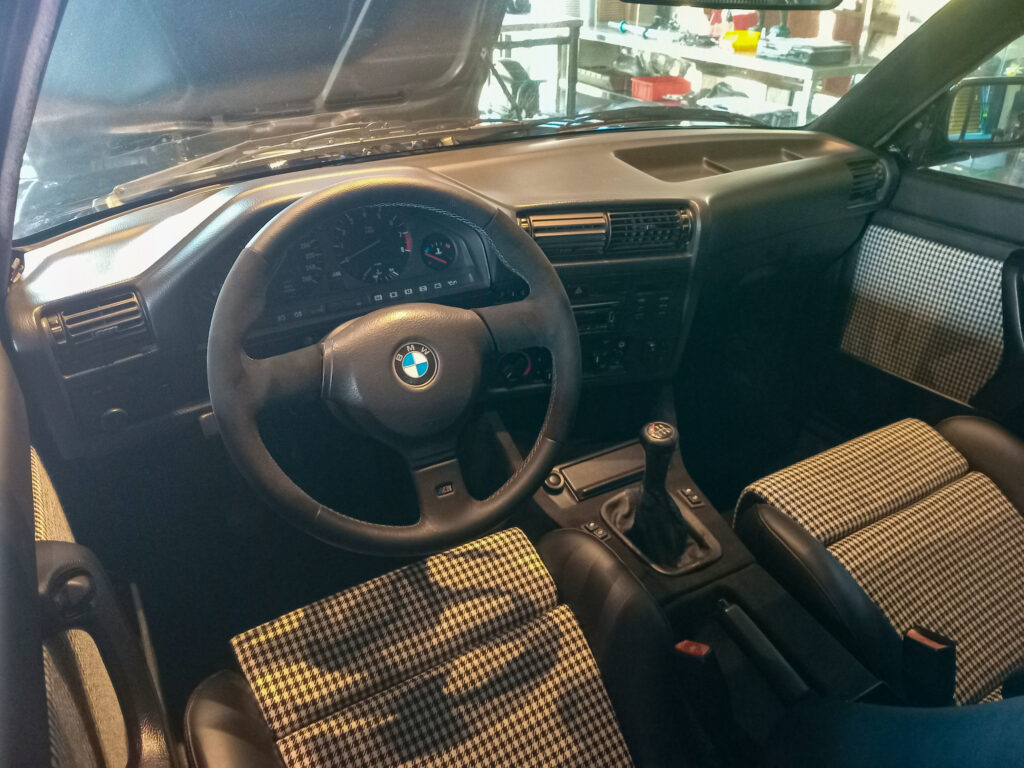
Let’s discuss the Getrag 265 dogleg gearbox. For anyone unfamiliar, first gear is located down and to the left, positioned outside of the main H-pattern. This means the “money shifts,” second and third, are in a direct line, as are fourth and fifth. People who haven’t driven one often say it’s confusing and awful for daily use.
They have a point. It forces a deliberate, conscious action. You can’t just thoughtlessly row between gears.
But that is exactly what makes it so good. It forces you to be a better, more engaged driver. It reinforces the car’s true purpose.
This layout was made for the racetrack, where you rarely touch first gear once you’re rolling.
The shift from second to third is the one you use most, and the dogleg pattern makes it a simple, foolproof push or pull. It connects you to the car’s racing history every single time you change gear.
It’s like a handshake with the M engineers who designed it.
Ok, I’ll be honest, if you’re sitting in an hour of stop-and-go traffic, constantly moving between first and second? Yeah, it can be a bit of a pain.
But honestly, if you’re using a pristine E30 M3 as your daily commuter in this day and age, a quirky shift pattern is probably the least of your concerns.
The $500 Mod That Changes Everything

The modification path for an E30 M3 should be “less is more.” You do not bolt a giant turbo onto it. You do not slam it to the ground on cheap coilovers (ok you can do that, but… this is an E30 M3, with prices skyrocketing every year, so probably not a great idea, but you do you).
You refine it, you enhance what’s there, you make it a better version of itself.
The single best bang-for-your-buck modification is a quality ECU chip. For about $300 to $500, a chip from a reputable source like Mark D’Sylva or Turner Motorsport completely wakes the car up.
A performance chip just optimizes the fuel and ignition timing. The original tune from BMW was always a compromise, built to pass emissions in different countries and to run on the mediocre fuel available in the 1980s. A modern chip, designed for today’s 91/93 octane fuel, can be much more aggressive.
It won’t magically give you 50 horsepower, but it dramatically improves how the car responds to the throttle. It also smooths out the power delivery and adds a real bump in mid-range torque, right where the S14 engine needs it the most.
It just makes the engine feel sharper and more eager without losing its core character. It should be the first thing any new owner considers.
BMW E30 M3 Prices in 2025

You’ve seen the auction results. An E30 M3 sells for $250,000 (yup). It’s easy to assume that ship has sailed for good. But the market has more layers than that. Those quarter-million-dollar cars are perfect, low-mileage time capsules. They are art, not really cars anymore. They will likely never see another track day or hit the rev limiter again.
The actual market is in what people call “driver-grade” cars.
These are cars showing 80,000 to 150,000 miles on the clock. They might have a nice respray in the original color. They might have that ECU chip we talked about, or even a 5-lug conversion for better brake and wheel options, which is a big debate among the purists.
These are the cars that sell for anywhere from $60,000 to $90,000, all depending on their specific condition and documented history. It’s a wide range.
That is still a huge amount of money. But here’s the key part: they aren’t depreciating anymore. A sorted driver that you buy today for $75,000 will, assuming you maintain it properly, almost certainly be worth at least that much in five years. You aren’t losing money, you are parking it in an asset that you can actually drive and enjoy.
When you are looking, learn to ignore shiny paint and focus on the important stuff. Get the most detailed pre-purchase inspection you can find. Check for rust in the rocker panels, the floor pans, and around the sunroof.
A thick folder of service history, especially with proof of an S14 engine rebuild or a check of that crank hub bolt, is worth way more than a low number on the odometer. This is a car where the quality of its previous owners is more important than almost anything else. You don’t just buy it, you adopt it from its last caretaker.
If you’re lucky enough to be the next one in line, you’ll finally understand why no other car feels quite like this.
I hope some day I will be able to afford this one, as it’s probably my favorite top 3 cars of all time. (I grew up in the 90s, this thing was legendary back then, and it still is even today).
